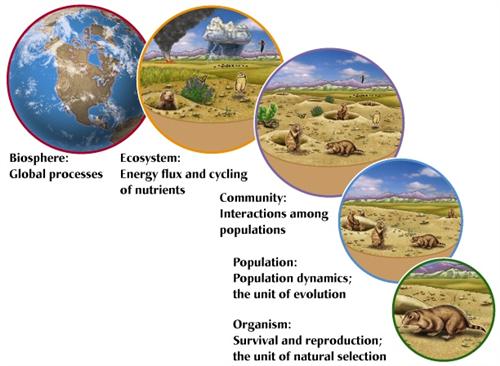- Southmoreland High School
- Biology CP and SHS Biology Keystone
- Unit 8: Ecology
Cartwright, Sean, Science
Page Navigation
- Welcome
- Biology CP and SHS Biology Keystone
- Microbiology
-
AP Chemistry
- AP Chemistry Exam Review and Info
- Chapter 4 - Reactions in Solution and Solution Stoichiometry
- Chapter 5 - Gases
- Chapter 6 - Thermochemistry
- Chapter 7 - Atomic Structure and Periodicity
- Chapter 8 - Bonding: General Concepts
- Chapter 9 - Covalent Bonding: Orbitals
- Chapter 10 - Liquids and Solids
- Chapter 11- Properties of Solutions
- Chapter 12 - Kinetics
- Chapter 13 - Chemical Equilibria
- Chapter 14/15 Acids and Bases
- SHS STARS Program
-
Module B -Unit 8: Ecology
The LIVING Planet!This animation shows a year after year shift in the plant life on planet Earth
Ecology Unit WebquestI. Food Chains (different from sheet) - was https://ecokids.ca/take-action/play-and-learn is now: https://www.sheppardsoftware.com/content/animals/kidscorner/games/foodchaingame.htmII. Food Webs - http://www.harcourtschool.com/activity/food/food_menu.htmlIII A. Carbon Cycle - http://www.windows.ucar.edu/tour/link=/earth/Water/co2_cycle.htmlIII B. Nitrogen Cycle - http://www.windows2universe.org/earth/Life/nitrogen_cycle.htmlIV Population - http://www.geography4kids.com/files/land_population.htmlV (Part I). Biodiversity - https://www.sciencedaily.com/releases/2011/08/110823180459.htmV (Part III) Biomes Around the World - http://www.mbgnet.net/
The hierarchy of Ecology from smallest to largest: The videos below progress in this order.Organism: (Individual)⇓Population: (Group of a Species)⇓Community: (Many different Populations in an area)⇓Ecosystem: (The living and non-living things in an area)⇓Biome: (Collection of Ecosystems, categorized by amount of rainfall and temperature)⇓Biosphere: (Every part of the Earth that supports living things) Population EcologyCommunity EcologyACTIVITYComplete a really cool virtual lab about the interactions between the protists, P. aurelia and P. caudatum that Hank Green referred to @ 2:30 in the Community Ecology video above, click here. On that page, you can find a table you can print and fill out, and then go the the virtual lab, or click here.Ecology Overview (Biomes)
Population EcologyCommunity EcologyACTIVITYComplete a really cool virtual lab about the interactions between the protists, P. aurelia and P. caudatum that Hank Green referred to @ 2:30 in the Community Ecology video above, click here. On that page, you can find a table you can print and fill out, and then go the the virtual lab, or click here.Ecology Overview (Biomes)
Last Modified on April 25, 2019

